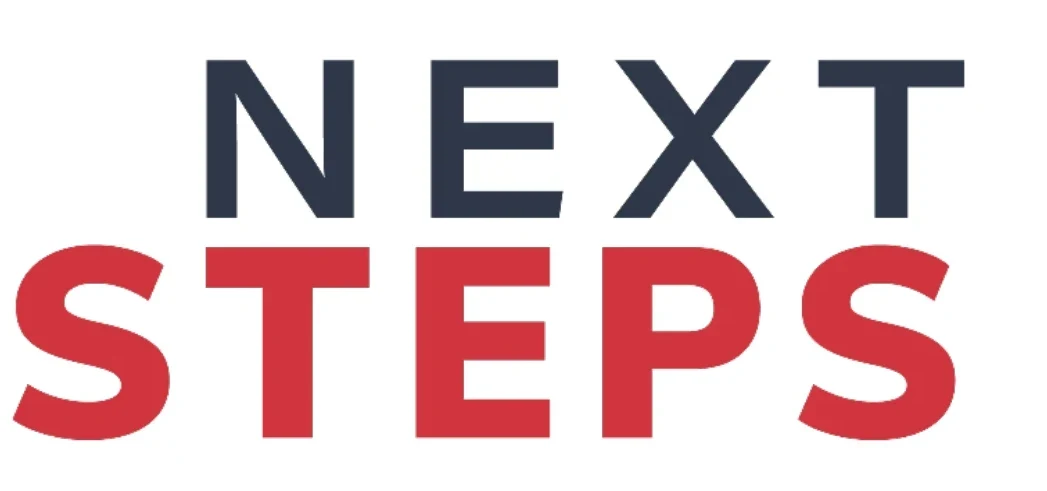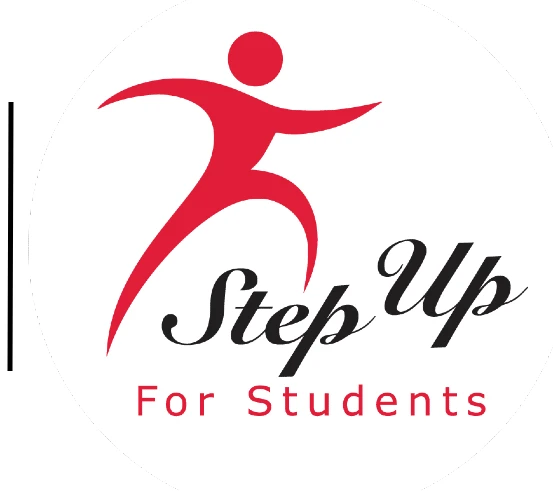Special Reports
FEATURED
Catholic enrollment update 2025
The most encouraging trend lines for Catholic schools in America continue to be in Florida, where enrollment grew another 2.3% this year, according to fresh national data. Over the past decade, Catholic school enrollment is down 13.2% nationally, but up 12.1% in Florida. That tidbit and more can be found... READ MOREIn the most school choice rich state in America, 1 in 5 Black students now enrolled outside district schools
Three decades ago, dozens of Black families in the Liberty City neighborhood of Miami enrolled their children in Florida’s first charter school. They didn’t know it, but they were kickstarting the most dramatic, statewide, educational shift for Black students in America. Today, 140,000+ Black students in Florida are being educated... READ MOREReport: Educational struggles continue for vulnerable populations after COVID
The story: Students with disabilities and English language learners were poorly served before the pandemic and will need urgent, long-term help to recover from learning losses, according to a report from the Center for Reinventing Public Education. The Arizona State University think tank released its annual State of the American Student... READ MOREHere’s how one parent is doing a la carte learning; imagine what millions could do
With ESAs, “You can make whatever education program you want,” Rodriguez said. “After meeting more people, and seeing what’s out there, I realized I can make things happen. I can have what I want for my boys.”
READ MORESpecial report: A taste of a la carte learning
One of the best education stories in America is the shift from school choice to education choice. The best place to see it is an hour north of Miami....
READ MOREA TASTE OF À LA CARTE LEARNING
Education choice is about more than schools. The rise of à la carte learning in South Florida foreshadows the transition from school choice to education choice as more families across America access state-supported education savings accounts (ESAs) and other flexible spending vehicles.
READ MOREWhy Catholic Schools in Florida are Growing
READ MOREPortrait of a Black School Founder
READ MORELeaving a Classroom But Starting a School
READ MORE

